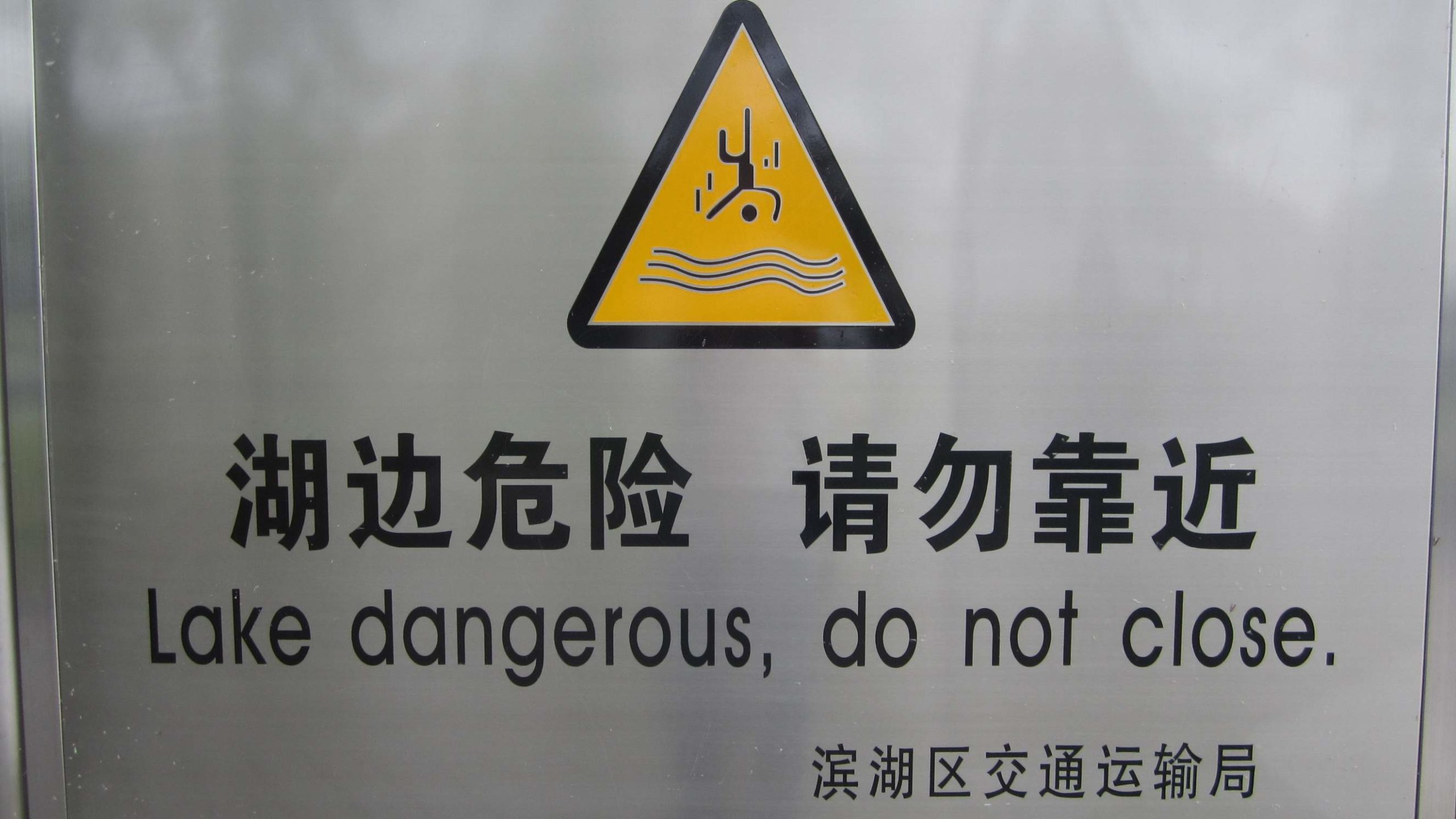
Ever experienced that moment while watching a movie or reading a book, where your eyes stumble upon mistranslated expressions or awkward language constructions that disrupt the flow, spoiling your enjoyment?
Or perhaps you’ve encountered poorly translated product descriptions, leaving you hesitant to make a purchase due to the frustrating translation errors?
The art of translation goes beyond merely converting words from one language to another; it requires a profound understanding of cultural nuances, context, and intent. A high-quality translation not only conveys the intended message faithfully but also resonates with the target audience on a deeper level.
How can a translation be optimized? In this article, we will deal with essential considerations that contribute to better translation quality.
Laying the Foundation for Translation Excellence
Errors, omissions, inconsistent terminology, or vague wording can significantly impact the translation quality, leading to time-consuming questions. The success of the translation or localization heavily relies on the quality of your source text. Before sending it for translation, it’s crucial to ensure your satisfaction with the content.
To optimize the translation process, it is vital to present the source text in a clear and understandable manner, avoiding any ambiguity that might require the translator to guess meanings.
Context and Instructions: A Crucial Factor in Quality Translation

To optimize the translation process, it is crucial to provide a comprehensive brief to the translation services provider, outlining the intended use of the material. This briefing empowers translators to produce high-quality translations that align precisely with your needs.
Providing context offers valuable insights into the purpose and usage of the text, enabling translators to grasp the intended message fully. It also prevents misinterpretations and errors that may arise from insufficient information.
Partnering with a Reliable Translation Service
Establishing and nurturing a long-term relationship with a professional translation service yields numerous advantages, ultimately leading to an elevated level of translation quality and an impactful global presence for the client.
As a professional translation vendor becomes intimately familiar with a company’s preferences, style, and industry-specific terminology, consistency is achieved across all translations, establishing a cohesive brand image and message.
Streamlined communication facilitates efficient information exchange through a deep understanding of the client’s requirements, resulting in tailored solutions that precisely align with objectives.
Furthermore, subject matter expertise, conservation of resources, risk mitigation, and cultural alignment contribute to translation accuracy, relevance, and reliability, resonating effectively with the intended audience.
The Significance of Subject Matter Expertise in High-Quality Translations

Utilizing subject matter expertise ensures that the translated material is not only linguistically accurate but also aligned with the nuances and intricacies of the subject, establishing credibility and trust with clients and readers alike.
Therefore, subject matter expertise is vital in translations for various fields such as legal, medical, technical, financial, and marketing, ensuring accurate and culturally relevant content that meets the highest quality standards.
With expertly crafted translations, businesses can confidently expand their global reach and connect effectively with diverse audiences.
Leveraging Reference Material for Effective Translation
Translators rely on any reference material or glossaries you can offer to enhance the quality of their work. Additionally, they conduct online research, with localized versions of a company’s website serving as valuable sources for terms, product names, service references, and communication style cues.
Moreover, translators may utilize previously translated content in the target language as reference material. For instance, when encountering inconsistencies in the translation memory, they can cross-check with the company’s website to determine the preferred option and ensure seamless and accurate translations.
Empowering Precision with Termbases and Glossaries
One common issue in translations is using incorrect terminology. By giving feedback and corrections to your translations, your vendor can update the translation memory, a database with all your past translations. This helps them use the right terms more easily in future projects.
Requesting a termbase allows your input to maintain both termbases and translation memories, improving translation quality.
Importance of SEO

If you have marketing content requiring translation, discussing SEO with your translation vendor and defining the terminology for each target language before commencing translation is highly recommended. This proactive approach guarantees that your translated content retains its SEO benefits and reaches the intended audiences with maximum impact.
Have you ever heard of international or multilingual SEO? It refers to the practice of optimizing translated content to ensure its discoverability and quality across different language markets, contributing to improved search engine rankings and effective cross-cultural communication.
Translating keywords calls for a unique approach to achieving optimal results. It’s crucial to master the art of keyword localization, ensuring your content shines across various language markets and ranks high in search engine results.
Crafting a Tailored Style Guide for Seamless Translations
Additionally, a comprehensive style guide is a valuable asset in achieving translation excellence. Tailored to your company’s specific needs, it outlines essential elements such as tone of voice, preferred language variations (e.g., UK English or USA English), and other company-specific information.
The style guide ensures that translations align perfectly with your brand identity and messaging, maintaining consistency across all localized content. This will enable the translated material to reflect your company’s distinct personality and resonate effectively with diverse audiences worldwide.
Wrapping up
In conclusion, optimizing translation quality involves careful planning, a high-quality source text, and leveraging subject matter expertise. Effective collaboration and communication between clients and translation services providers are vital for successful outcomes and overall satisfaction with the translated content.


